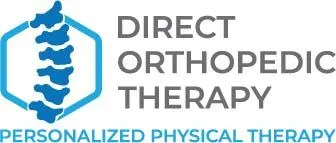Sessions for children’s physical therapy are geared toward meeting their specific needs. Physical therapists can assist children in optimizing their physical talents and minimizing their physical restrictions.
Those who require pediatric physical therapy have children who have problems with gross motor development, mobility, gait, strength, and posture or who are in discomfort.
Physical therapy inspires much of what’s to come. For privacy concerns, the child’s name, therapist’s name, and location will not be revealed. It’s also essential to understand that this is just one session and may look very different from another child’s program, even if there are typical parallels in the structure of the sessions.
Therapists frequently introduce play into therapy sessions to make them more enjoyable for the patients. Nevertheless, our therapists are committed to helping children and families live better lives, and they do so by combining therapy with play to achieve this goal.
The physical therapy sessions involve a 1:1 therapist-to-child ratio in all pediatric physical therapy services. To ensure a smooth transition into therapy, children and their therapists spend some time getting to know one another early on.
What is your child’s physical therapist treating them for?
Due to their odd walking style (heel-to-toe), the child frequently stumbles on the playground while participating in play activities. A person’s gait reflects their ability to maintain proper coordination and balance, which is how they walk. The lower leg “shank” (the region of the leg between the knee and ankle), or lower leg dynamically, is addressed in the pediatric physical therapy regimen. As a result, it will help the infant learn how to place the center of gravity on the heel rather than the toes.
Many exercises help the youngster improve their lower leg strength and motor control while improving postural stability/control and core strength.
Consult your Therapists
Final thoughts:
Therapists begin by establishing the roots of the child’s postural system in a stationary position (without moving). Then, as the patient’s foundation becomes more solid, they can better maintain the postural stability necessary for good mobility.
The child and many others in pediatric physical therapy gradually decrease the therapist’s involvement. Rather than relying on physical cues and support, this shifts to a more tactile and vocal approach. This way, the PT sessions can assist a child in every possible way to overcome their physical and neurological issues.


